As a new generation graduates from renting to homeownership, they face plenty of uncertainties: How much homeowners insurance is enough? Is a home warranty necessary? How do you fill a 4-bedroom home with the stuff that used to be in a 1-bedroom apartment?
Transitioning from an apartment to a larger home is always tricky, but making that move – known as “upsizing” – is extra complicated for today’s young home buyers because they’re really going big.
“When Millennials do become homeowners, they leapfrog the traditional ‘starter home’ and jump into the higher end of the market by choosing larger properties with higher prices, similar to homes bought by older buyers,” states the Zillow Group Report on Consumer Housing Trends. “They pay a median price of $217,000 for a home-more than Baby Boomers, and just 11 percent less than Generation X. The Millennial median home size is 1,800 square feet, similar in size to what older generations buy.”
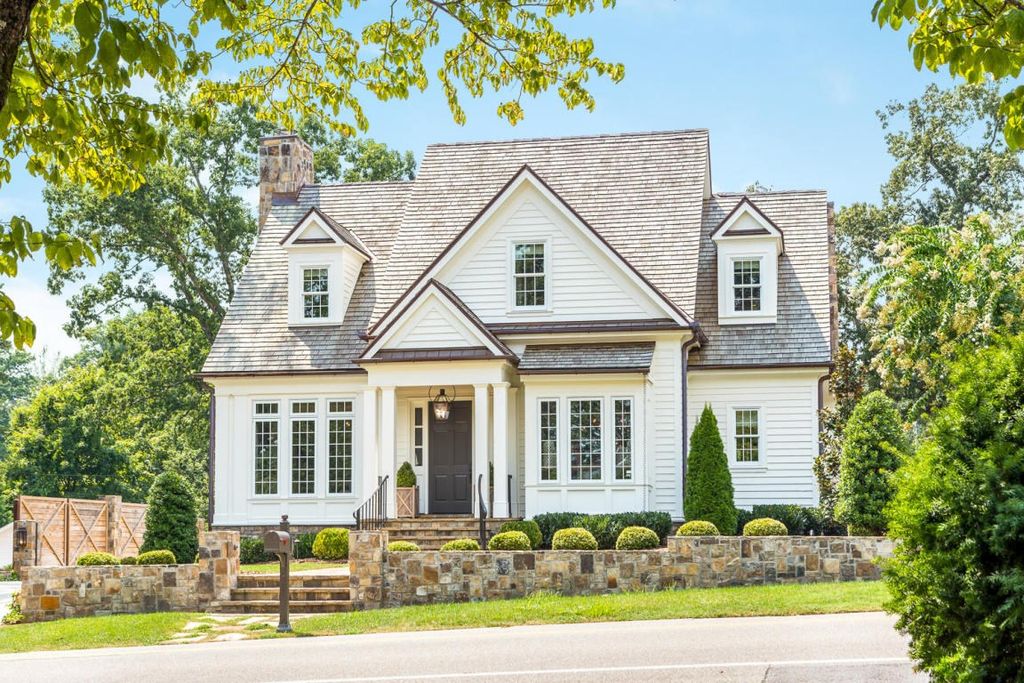
When you upsize from an apartment into a spacious new home, opportunities abound – plenty of closet space, a yard for the dog, and extra rooms for that home office, spare bedroom, or home gym you’ve always dreamed of.
But once the moving van’s gone and the boxes are unpacked, new homeowners often face the harsh reality of upsizing: The furniture, wall hangings, and knickknacks that fit so perfectly in your small apartment occupy only a fraction of your larger home’s space. And that spare bedroom would be perfect – if only you had a spare bed.
Many new homeowners’ first instinct is to hit the discount stores and buy affordable pieces to fill the space. While budget-friendly furniture has its place, it shouldn’t make up the bulk of your new acquisitions.
There are plenty of ways to use what you already have – and optimize your spending for the things you don’t – to make your new house a cozy home.
Don’t buy things just to fill space
It’s tempting to stockpile new furniture and decorations, but it’s an effort that can easily backfire, according to Jennifer Dwyer, professional organizer and owner of Seattle-based A Logical Mess. Inevitably, the measurements are wrong, or the piece doesn’t match your existing style or decor.
“People naturally want to fill the space, but you really have to consider how you’re going to use it,” advises Dwyer. “Wait until you move in, place the furniture you have already, and assess at that point.”
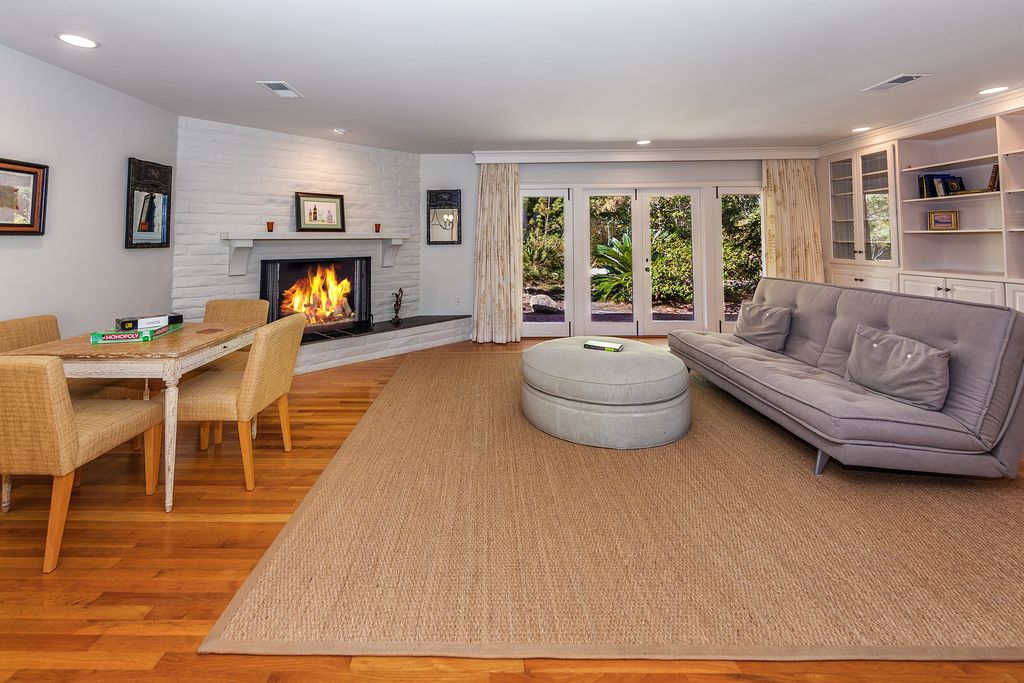
It’s OK to sparsely furnish the new place while you get a feel for your new home and the style you’re after. “You can tell when people just go to, say, Pottery Barn and buy what’s on the showroom floor,” says Jason Mathews, owner of Seattle interior design and home staging firm, Jason Mathews LLC.
Prioritize with a special piece
To furnish a large living room or family room, Dwyer recommends investing in a sectional couch. Like a dining room table that expands to seat more people, a sectional sofa pulls apart and goes back together depending on design preferences. And such sofas often have expansion pieces you can buy later to further fill space, adds Dwyer.
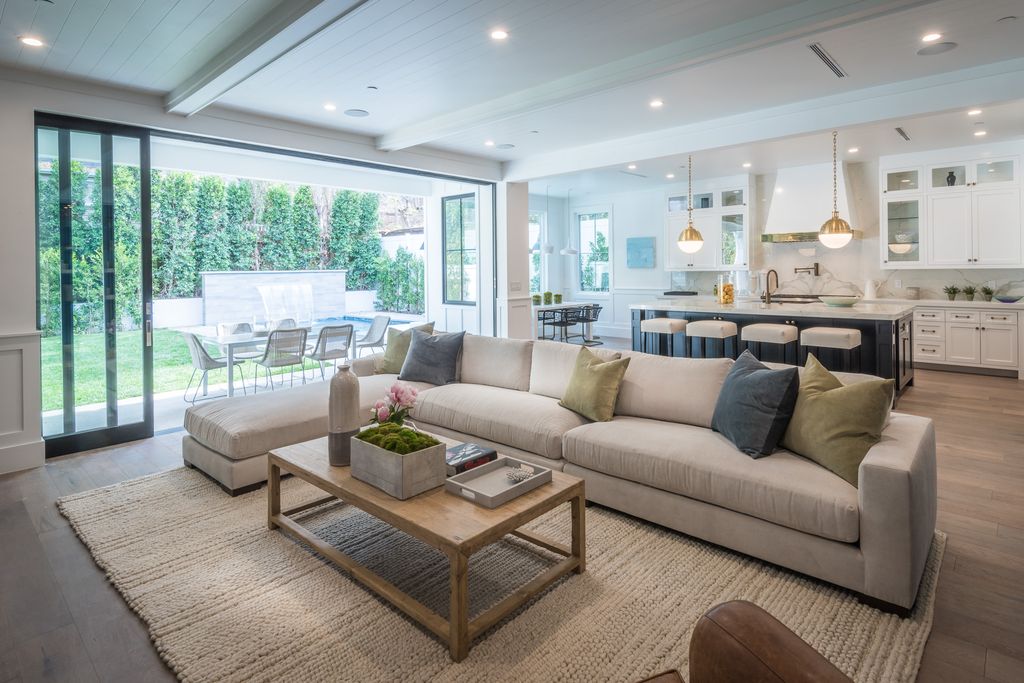
Mathews agrees that a sofa is a good investment piece. “It’s something you’re going to use every day,” he says. Furthermore, sectionals pull apart to create more than one focal point in a room – think an L-shaped seating area and coffee table in one part of the living room, and a smaller couch and lamp in another for a cozy reading nook.
Not everything needs to be a statement piece, both Dwyer and Mathews emphasize. Once your sofa is in place, find inexpensive side chairs or perhaps an antique table to repurpose as a coffee table.
Place furniture thoughtfully
Furniture arrangement can make a big space seem smaller. Area rugs are ideal for anchoring furniture groups and making a space feel more homey.
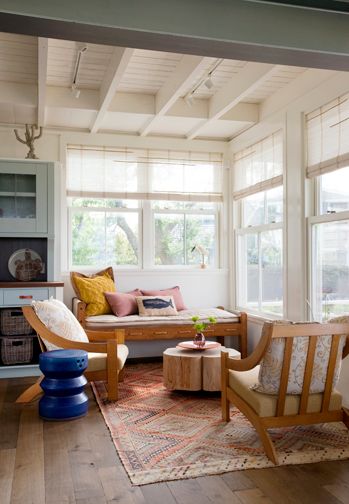
“The great thing about rugs is that they don’t have to be expensive – even a large rug,” Mathews says. He advises centering the rug, then placing furniture on and around it. “Even if the rest of the room is empty, you’re starting out with a cozy spot.”
Homeowners often make the mistake of pushing furniture right up against the walls. But pulling the furniture toward the center of the wall helps minimize an expansive room.
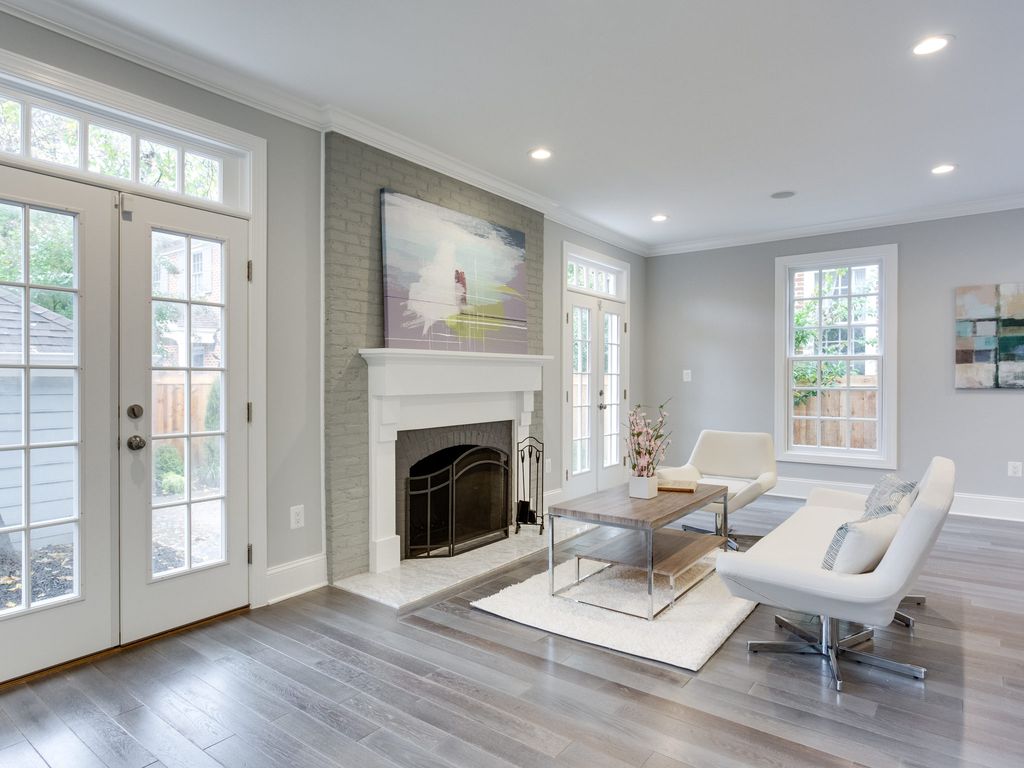
“Even just six inches off the wall,” advises Mathews. “It gives the room a chance to breathe a bit.”
Decorate your space
Once you’ve furnished your new home, it’s time to decorate. Items like a standing coat rack in an entryway or decorative vases in a stairwell are classic pieces that also fill space – and they don’t have to be expensive.
“I’m a big fan of T.J. Maxx and Ross,” says Dwyer. “You can play around with ideas, and if they don’t work out, you’re not out a ton of money.”
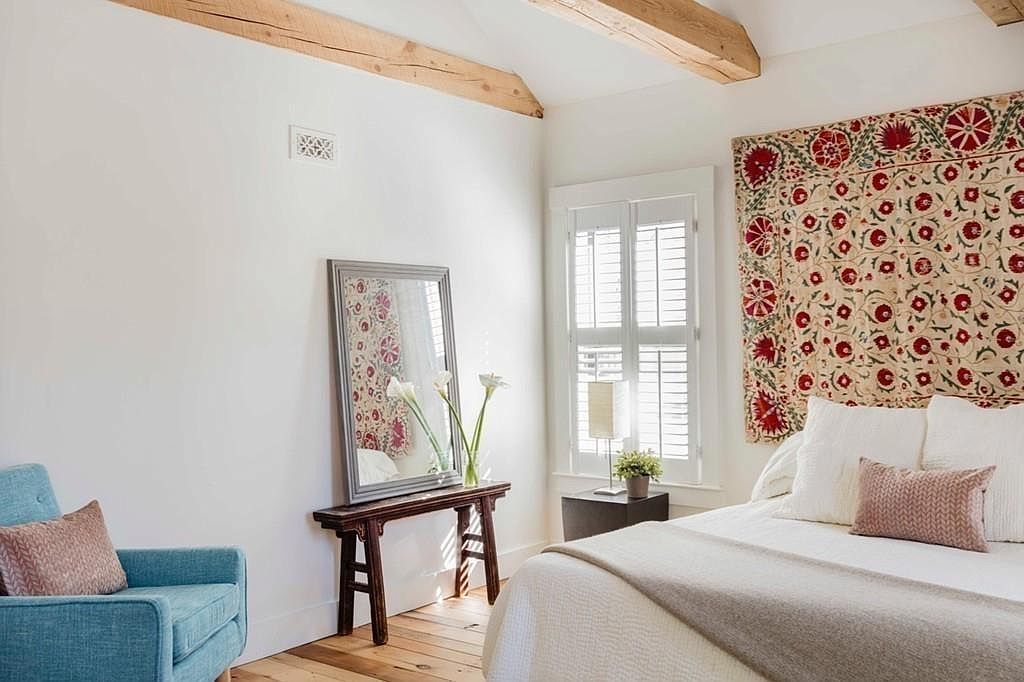
Give extra rooms purpose
Empty rooms hold such promise: Will you have a home office? An extra bedroom for visiting families? A place for a treadmill, weight set, and stationary bike?
It’s OK to take some time to think it over – just shut the door if the emptiness bothers you. But whatever you do, don’t use that extra space as a storage room, warns Dwyer, or it will never become anything else.
“Find a home for everything, and don’t leave those boxes lying around,” she says. “If you don’t know where to put it, you probably don’t need it in your new home.”
Top photo from Zillow listing
Related:

